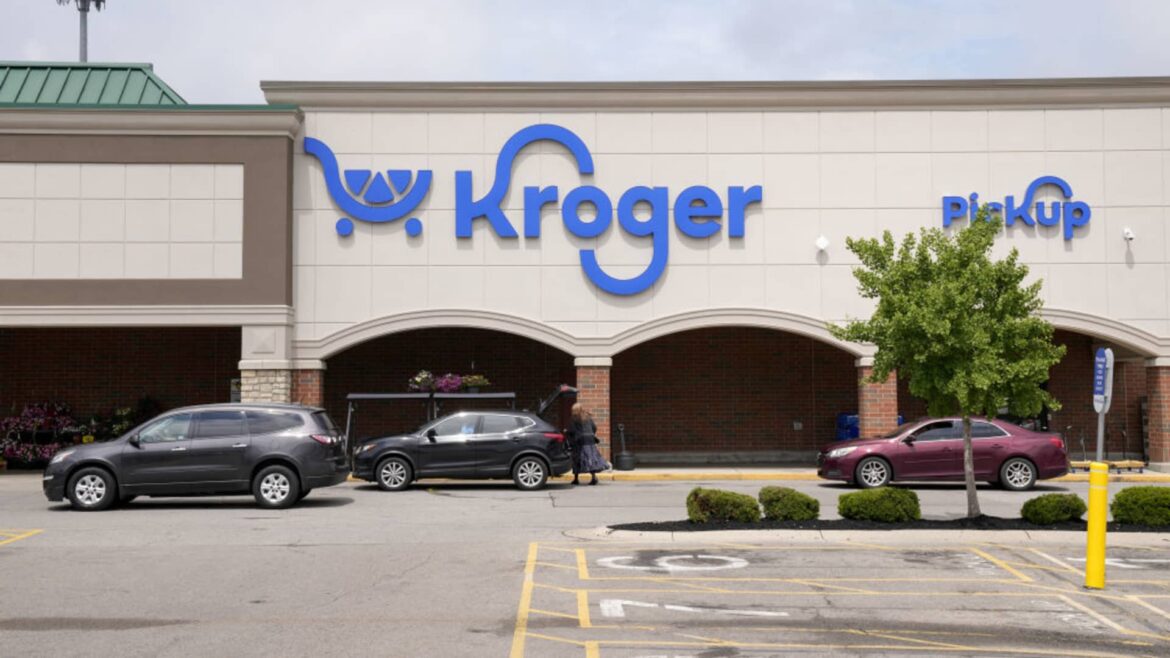The grocery giant Kroger is making waves in the corporate world, but not in a way many employees had hoped.
Nearly 1,000 people working in the company’s corporate offices are set to lose their jobs—even after leadership had previously promised not to make layoffs.
Why the Layoffs Are Happening
The decision comes as Kroger prepares to shut down more than 60 underperforming stores across the country by the end of 2026.
This move is part of a cost-cutting plan following the collapse of its massive $25 billion merger attempt with rival grocer Albertsons.
Interim CEO Ron Sargent acknowledged that the company didn’t come to this decision lightly.
“These choices are never easy,” he said, but stressed that Kroger needs to make “thoughtful, yet difficult” calls to stay strong in the long run.
Leadership Shake-Up and New Priorities
Sargent only recently stepped in as interim CEO, replacing Rodney McMullen, who left amid issues tied to “personal conduct.”
Since taking over, Sargent has been pushing for updates to company priorities, including cutting projects that weren’t driving results.
Even with these changes, Kroger says it will keep reinvesting its savings into areas that directly benefit customers and strengthen the company’s future.
What It Means for Store Workers
The good news for many employees is that store-level workers are mostly safe.
Kroger, which employs over 409,000 people, said staff at locations marked for closure will be offered positions at nearby stores.
Right now, the chain operates nearly 2,800 stores nationwide.
Sales and Profit Hit a Snag
Financially, Kroger hasn’t been immune to challenges.
Its first-quarter sales slipped slightly, dropping from $45.3 billion last year to $45.1 billion this year.
Net income also dipped to $866 million, compared to $962 million last year.
Still, leadership described the results as “solid,” pointing to strong performance in pharmacy, online sales, and fresh food categories.
Plans to Spend Big Despite Closures
Even while closing some stores, Kroger isn’t tightening its purse strings everywhere.
The company plans to invest between $3.6 billion and $3.8 billion this year on new projects, including store renovations and fresh construction.
Around 30 new locations are expected to open by the end of 2025, with a focus on markets showing the most growth potential.
“New store openings are the biggest driver of market share,” Sargent explained, hinting that Kroger might even speed up its expansion plans in the coming years.
Digital Moves and Customer Perks
Kroger has already made several strategic pivots.
It recently shut down Kroger Ship, its home-delivery service that struggled to compete with giants like Amazon and Walmart.
On the brighter side, the company has leaned into customer perks, rolling out Weekly Digital Deals through in-store flyers.
Shoppers can download the discounts straight to their phones, a move that has been popular among loyal customers.
Tech in the Aisles
Another update catching attention is the rollout of electronic shelf labels, which quickly became a hot topic on social media.
While shoppers speculated about dynamic pricing, Kroger confirmed that the labels aren’t being used that way.
The Road Ahead
It’s clear that Kroger is entering a period of significant transformation—balancing layoffs and store closures with bold investments in new locations and technology.
For employees, customers, and investors, the big question now is how these changes will shape the future of one of America’s biggest grocery chains.



